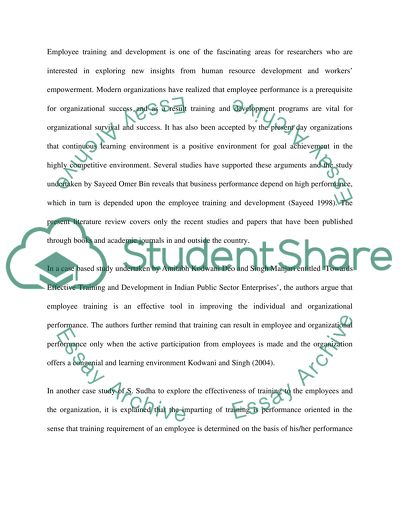Cite this document
(“Training Effectiveness Essay Example | Topics and Well Written Essays - 1500 words”, n.d.)
Training Effectiveness Essay Example | Topics and Well Written Essays - 1500 words. Retrieved from https://studentshare.org/miscellaneous/1530567-training-effectiveness
Training Effectiveness Essay Example | Topics and Well Written Essays - 1500 words. Retrieved from https://studentshare.org/miscellaneous/1530567-training-effectiveness
(Training Effectiveness Essay Example | Topics and Well Written Essays - 1500 Words)
Training Effectiveness Essay Example | Topics and Well Written Essays - 1500 Words. https://studentshare.org/miscellaneous/1530567-training-effectiveness.
Training Effectiveness Essay Example | Topics and Well Written Essays - 1500 Words. https://studentshare.org/miscellaneous/1530567-training-effectiveness.
“Training Effectiveness Essay Example | Topics and Well Written Essays - 1500 Words”, n.d. https://studentshare.org/miscellaneous/1530567-training-effectiveness.


